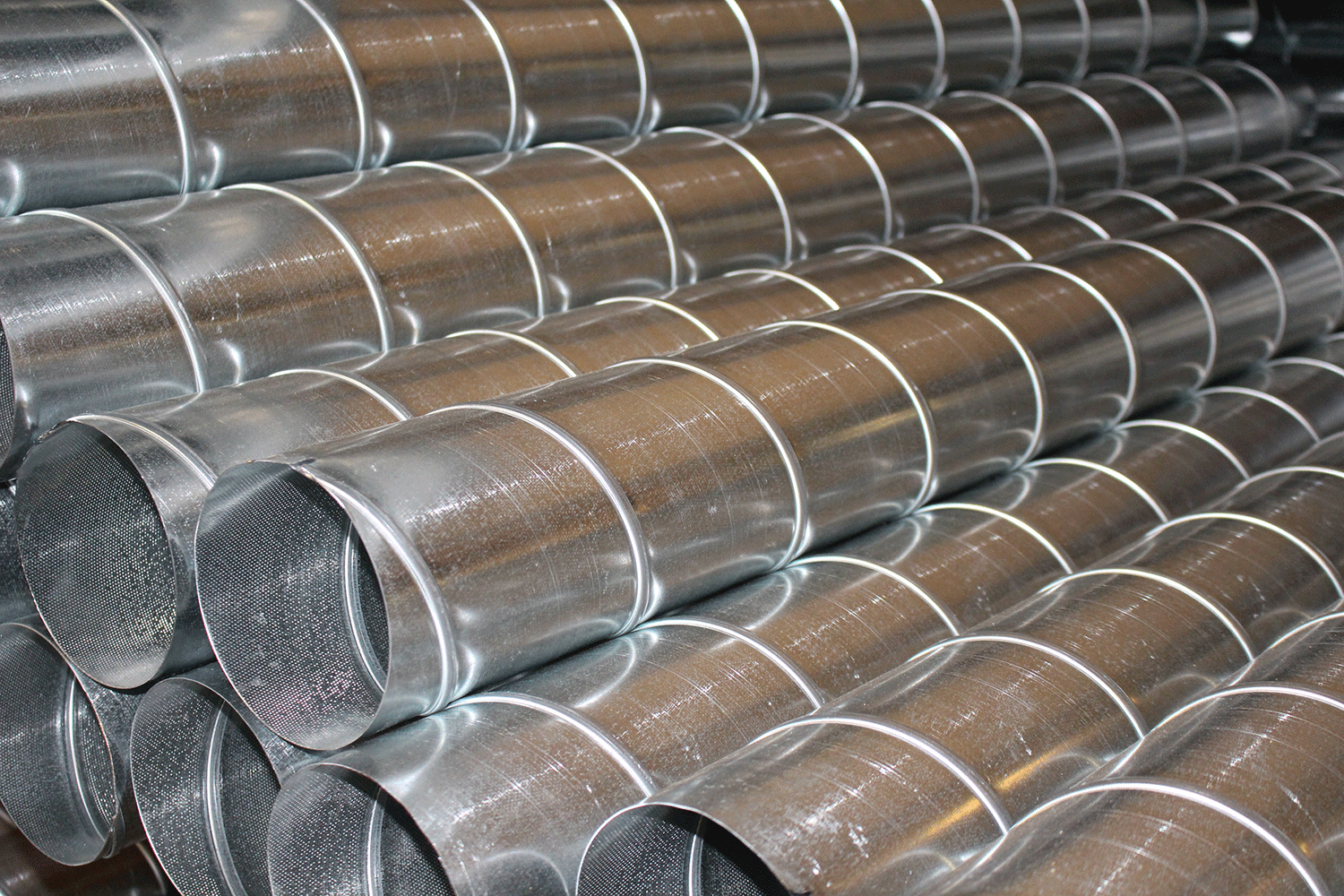Zahnrad Kopf
Diamond
- Joined
- Apr 5, 2010
- Location
- Tropic of Milwaukee
Signal to noise ratio of google returns is too small to waste too much time so thought to ask here.
Where would one look for some manner of "plastic" ( Nylon, Acetal, Polypro, etc... ) tubing having "standard" ID sizes? By "standard", I mean 0.500", 0.750", 1.00", 1.250", 1.375", etc... with something in the 0.010" - 0.030" oversize range.
I am entertaining making some spindle liners for a turning center. Would like to avoid sizing the IDs if at all possible.
Where would one look for some manner of "plastic" ( Nylon, Acetal, Polypro, etc... ) tubing having "standard" ID sizes? By "standard", I mean 0.500", 0.750", 1.00", 1.250", 1.375", etc... with something in the 0.010" - 0.030" oversize range.
I am entertaining making some spindle liners for a turning center. Would like to avoid sizing the IDs if at all possible.





